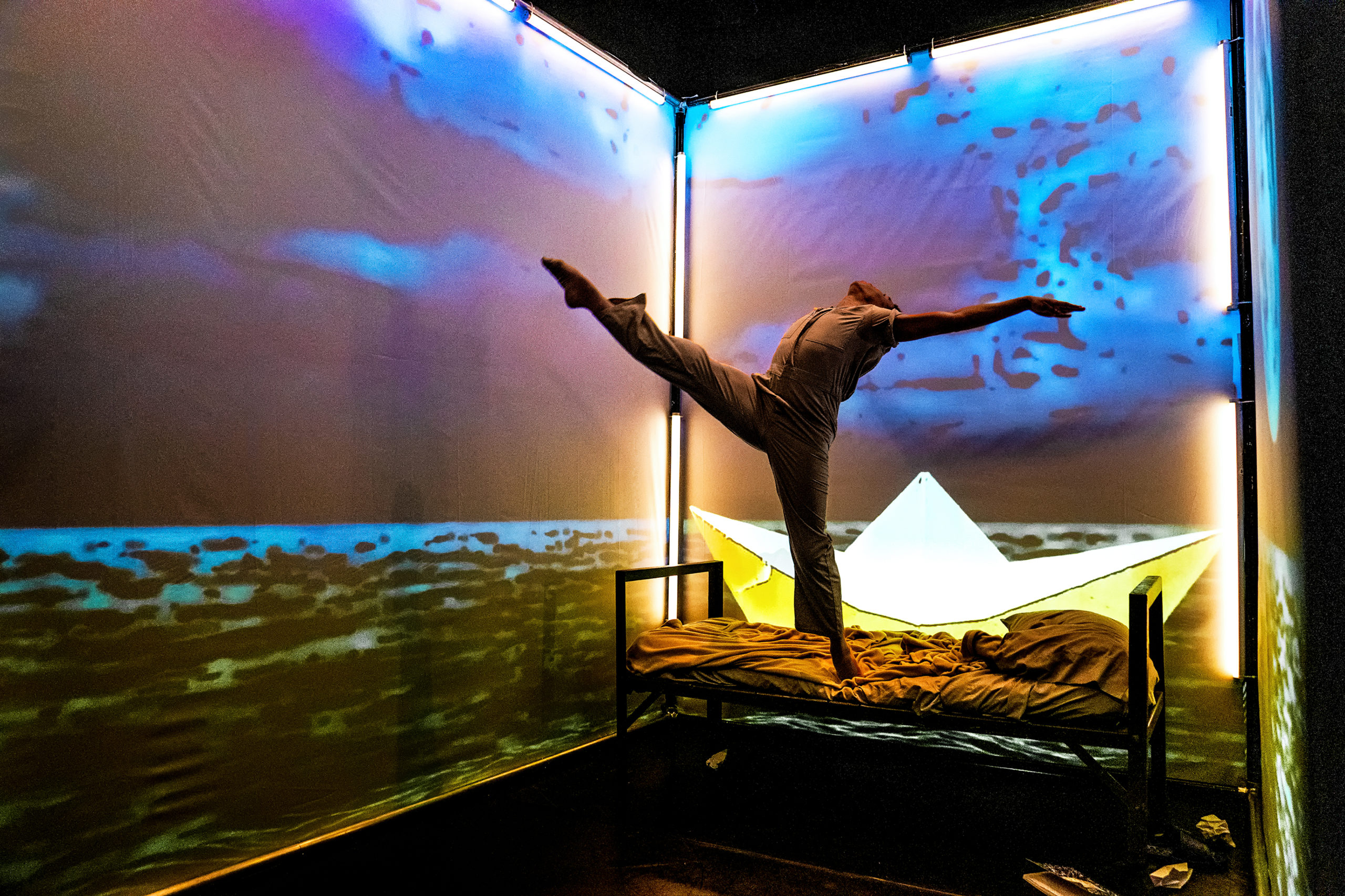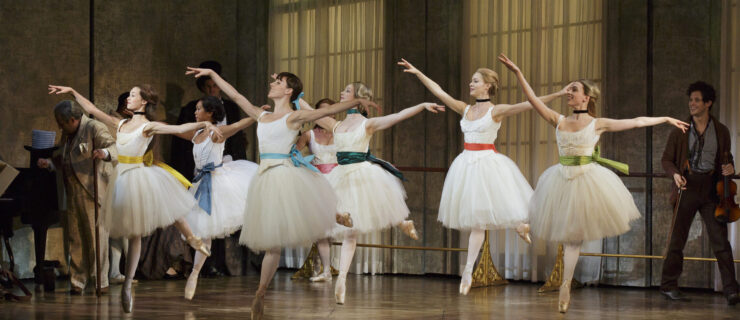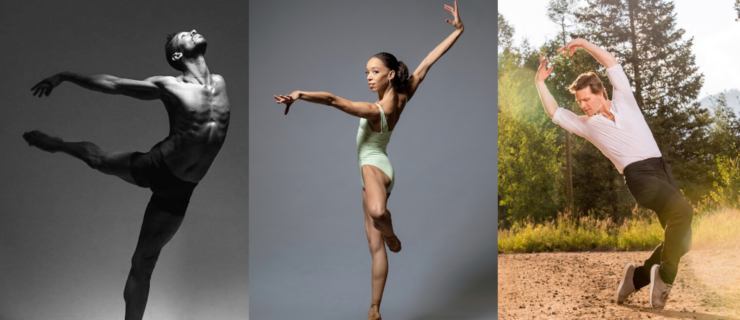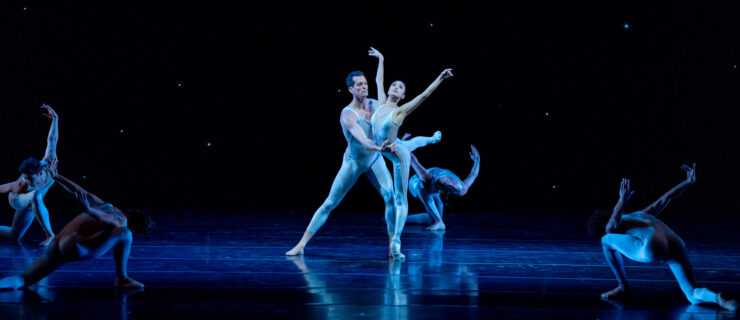What to Watch: Jeremy McQueen’s “WILD” Examines the Juvenile Justice System
In early 2020, while choreographer Jeremy McQueen was visiting The Legacy Museum in Montgomery, Alabama, a photograph caught his eye. It shows a young Black boy in a narrow cell. He faces a wall covered in sketches, like one of a spaceship beaming down next to the phrase “North or Nothing.” His yellow jumpsuit reads, in part, “JUVENILE DETENTION RESIDENT.”
The photograph, by Guggenheim Fellow Richard Ross, filled McQueen with emotion—and questions. What were the boy’s hopes and dreams? What traumas did he face? How are youth affected by incarceration?
McQueen, who founded the Black Iris Project in 2016 to create ballets centered on Black history and identity, explores these questions in his newest work, WILD. The ballet was released as a four-part installment—three films and one live event, a bike ride that occurred in May 2021—over the past year. Now, all three films are available for public viewing through the end of January.
“An artist’s duty is to reflect the times,” says McQueen, referencing a famous quote from Nina Simone. “We see that in music, television, movies across the gamut. But ballet continues to be an art form that is viewed as elitist. It’s just very behind, for lack of a better word. My goal with the Black Iris Project is to push ballet and culture forward.”
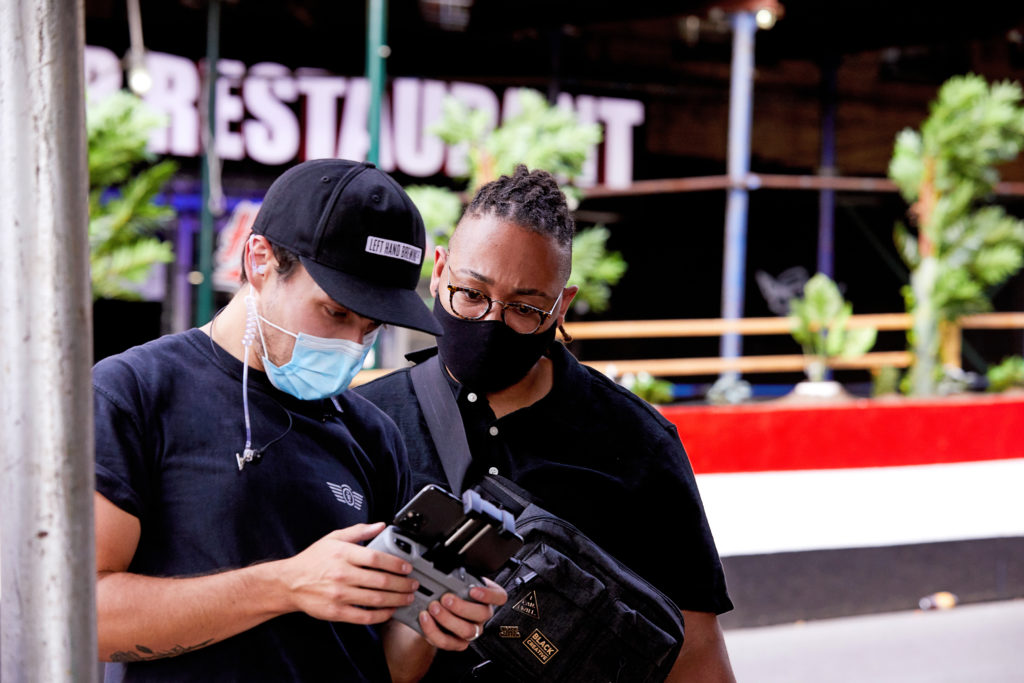
The first film, “Overture,” loosely examines the school-to-prison pipeline and youth encounters with police, set to original poetry written and performed by Gabriel Ramirez. The second, “These Walls Can Talk,” follows the experience of a teenager in a juvenile detention facility. It includes poignant and sometimes difficult-to-watch scenes depicting sexual abuse and the boy’s separation from his mother.
The third installment of WILD was a bike excursion in the Bronx, meant to reflect re-entry back into communities after incarceration. The film “Bird of Paradise,” which was just released on November 19, concludes the film series and imagines a world without police and an incarceration system.
The series’ title is a nod to one of McQueen’s favorite childhood books, Maurice Sendak’s Where The Wild Things Are. The book’s focus on a young boy who is misunderstood as a “wild thing” is particularly paralleled in the first of McQueen’s films, which examines the near-trivial actions that can result in Black youth being incarcerated.
“As a young person, we can often come off as bullies or as wild things when, really, we’re just trying to express ourselves,” McQueen says. “We’re trying to authentically express the things that we’re feeling, whether it be trauma, pain, frustration. We’re just trying to figure out life.”
McQueen began the project as a commission for Nashville Ballet. But when the pandemic began, the commission was canceled—something he says was the “biggest blessing” because it allowed him to be more authentic to the Black Iris Project’s mission. Later in 2020, he received a Soros Justice Fellowship, an initiative by the Open Society Foundation that funds work reforming and discussing the U.S. criminal justice system.
McQueen, who was the first choreographer to ever receive the fellowship, dove into research about juvenile incarceration, reading stories and speaking with those familiar with the system and young adults who were formerly incarcerated. McQueen also brought more artists into the project, working with over 15 musicians and composers.
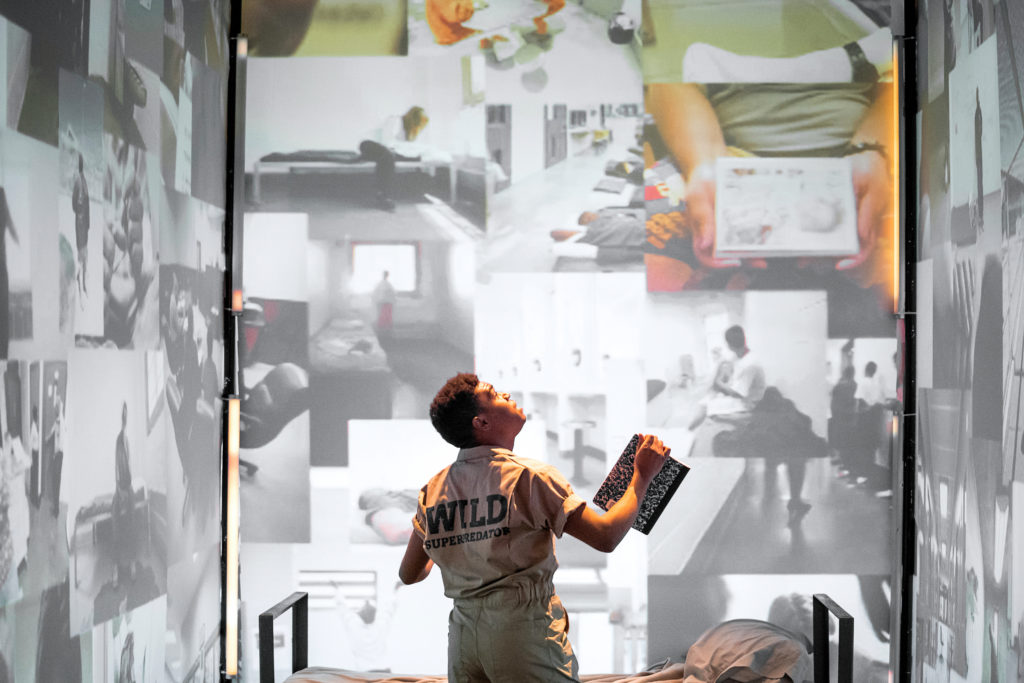
In the film “These Walls Can Talk”—the longest of the series—McQueen invited roughly a dozen professional dancers to create, perform and film their own choreography based on a prompt. Each dancer’s choreographic work was inspired by individual statements and photographs from detained youth featured in Ross’ book Juvie Talk. McQueen then had those videos projected onto the cell’s walls to create a juxtaposition between the cell’s confinement and the boy’s boundless imagination. For McQueen, these were all ways of ensuring that he was telling these stories authentically.
“I have the ability to turn my computer off and step away and decompress from the stories and the movement that I created,” McQueen says. “But for many people, they don’t have this opportunity. They don’t have that privilege of stepping away. And that was always a huge responsibility I felt.”
Even as he recognized the gravity of his work, McQueen says he was initially concerned people would say it wasn’t ballet—a comment he has heard before. But he notes that the narratives for Manon and Le Corsaire—two popular full-lengths created by white choreographers—are centered on prostitution and slavery. If those works can discuss those topics onstage and still fit squarely in the definition of ballet, McQueen feels that his work should as well.
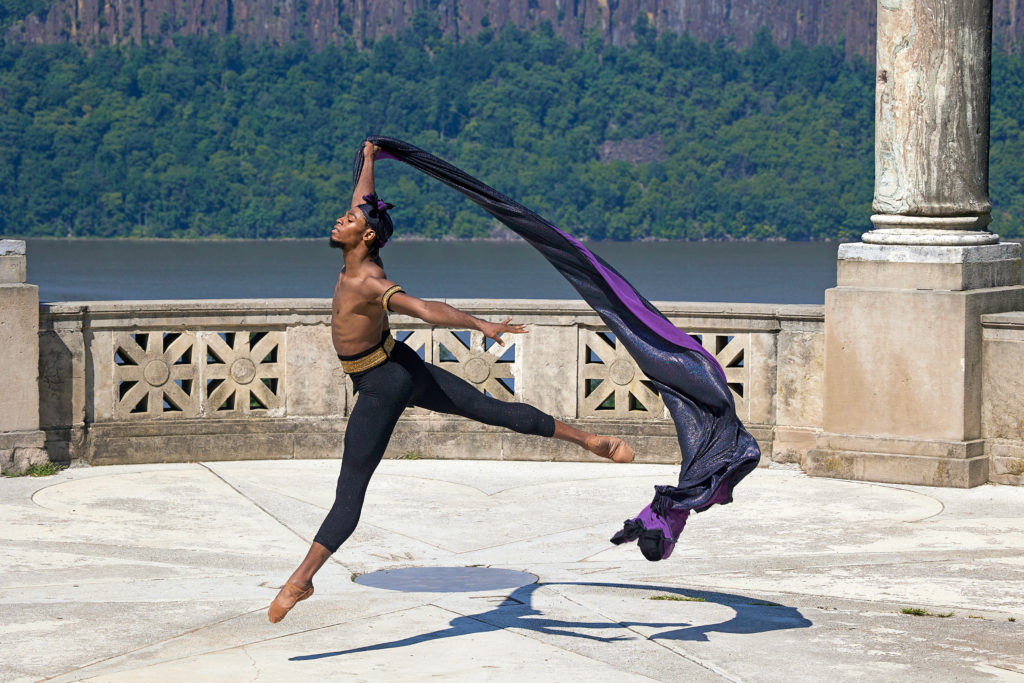
“I’ve always felt like my voice, my body, the color of my skin never belonged in ballet. But I think this project in particular has solidified my place in this ballet world,” McQueen says. “Regardless of how many views or followers that see it, I know that the work that we’re doing as a collective is powerful beyond measure.”
McQueen added that while he finds the narratives of ballets like Manon and Le Corsaire flawed, he is not advocating for their removal from repertoire. Rather, he just wants to see companies support and perform more new works about current events, which “evoke more of the spirit of the now and of diverse histories”—works like WILD.
“We’re not going to have other Alvin Aileys and Arthur Mitchells if we do not invest in young people and young ideas,” he says.
The full series is available at blackirisproject.org/wild through January 31. A live version of WILD will premiere at New York City’s Schomburg Center for Research in Black Culture in 2022.
